Embrace Your Heritage, Enhance Your Profile
Ethnic rhinoplasty, also called nose reshaping for non-Caucasian individuals, recognizes the unique nasal characteristics and beauty ideals inherent to different ethnicities. Dr. Kulbersh expertly tailors this procedure to align with each patient’s distinct facial features and personal aesthetic goals, ensuring the resulting enhancement harmoniously complements their ethnic identity.
Types of Ethnic Rhinoplasty
- Hispanic rhinoplasty
- African American rhinoplasty
- Asian rhinoplasty
- Middle Eastern rhinoplasty
- Indian rhinoplasty
Why Choose Dr. Kulbersh for Your Ethnic Rhinoplasty
- Double board-certified in facial plastic surgery, specializing in ethnic rhinoplasty.
- Extensive training in Beverly Hills under Dr. Paul Nassif, a renowned expert in ethnic rhinoplasty from TV’s “Botched”
- Over 15 years of experience in facial plastic surgery, with a focus on culturally sensitive procedures
- Successfully performed over 2,000 procedures, including a significant number of ethnic rhinoplasties
- Recognized as Charlotte’s Best Facial Plastic Surgeon (BOB Award, 2019-2023)
- Honored as a Top Doctor in Plastic Surgery by Charlotte Magazine (2019-2023)
- Member of the American Association for Accreditation of Ambulatory Surgery Facilities (ASF), ensuring the highest standards in patient care and safety for all ethnic rhinoplasty procedures
Why Choose Carolina Facial Plastics?
- Advanced imaging to preview your ethnic-specific rhinoplasty results before the procedure
- Procedure performed in the privacy, safety, and comfort of our fully accredited Fairview Surgical Suites
- Detailed, step-by-step aftercare planning to reduce swelling and downtime, tailored to ethnic rhinoplasty
- Access to Fairview Recovery Retreat luxury suites for a stress-free recovery, eliminating the need for post-op accommodation or meal planning
- Concierge services available for seamless post-procedure transportation, accommodating both local and out-of-town patients
Your Ethnic Rhinoplasty Experience
Consultation
During your consultation for ethnic rhinoplasty, you and Dr. Kulbersh will delve into your aesthetic goals, with a focus on how your ethnic background influences your desired nose shape. Dr. Kulbersh aims to enhance your features while respecting your cultural identity. The use of morphing technology is a key part of the process, allowing you to see a simulated “after” image of your nose, reflecting the changes tailored to your ethnic characteristics.
Procedure
Dr. Kulbersh will perform your ethnic rhinoplasty at the fully accredited Fairview Surgical Suites. The procedure, during which you will be asleep under general anesthesia, lasts about 3-4 hours, depending on its complexity. Dr. Kulbersh and his surgical team use advanced techniques during your procedure, ensuring precision and natural-looking results that align with your ethnic features.
Results and Recovery
Dr. Kulbersh is dedicated to ensuring a smooth recovery. He focuses on minimizing pain, reducing bleeding and bruising, and eliminating nausea during the surgery. Post-operatively, expect some swelling and bruising, with most subsiding within four weeks. The final results, a harmonious blend of your ethnic identity and aesthetic goals, will be fully visible within 12 months, enhancing both your appearance and self-confidence.
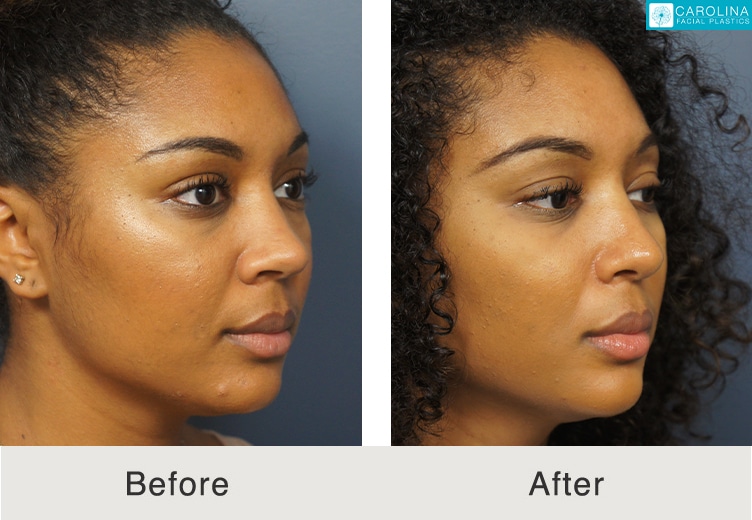
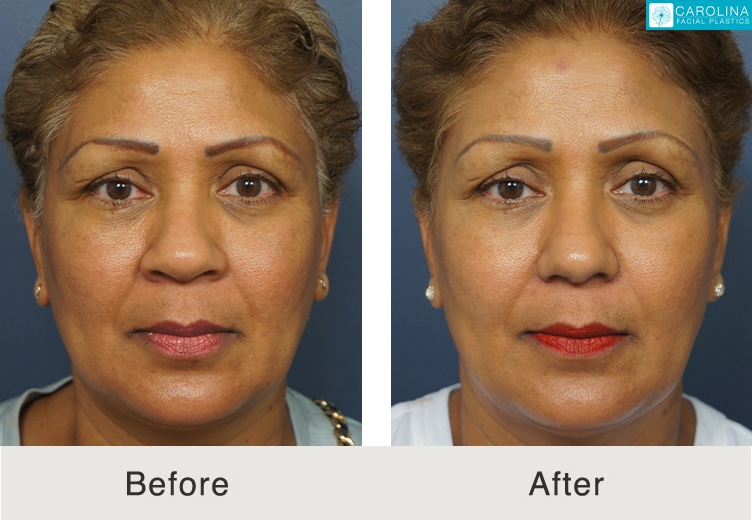

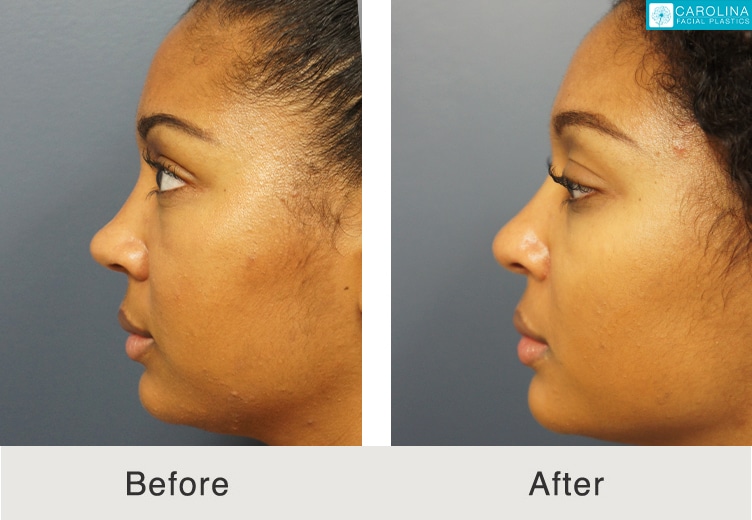


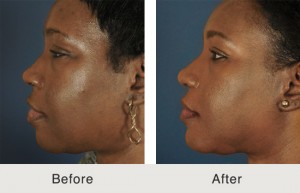


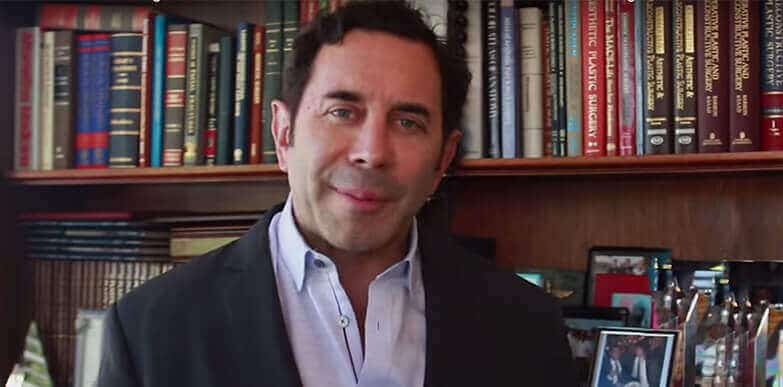

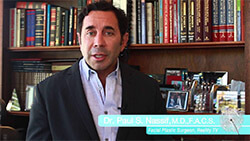













 Request An Appointment
Request An Appointment Or Call (704) 842-3644
Or Call (704) 842-3644